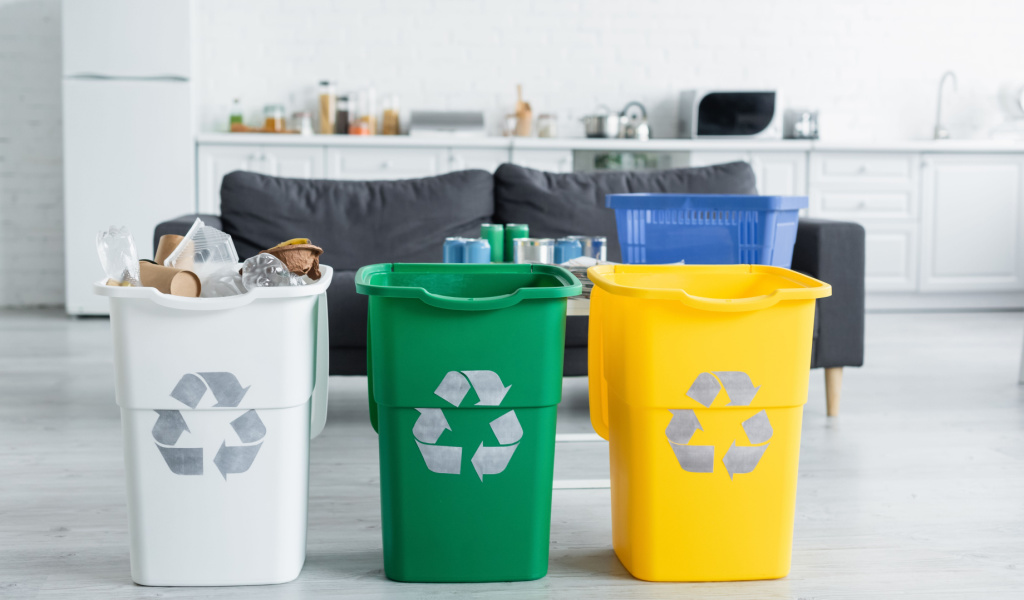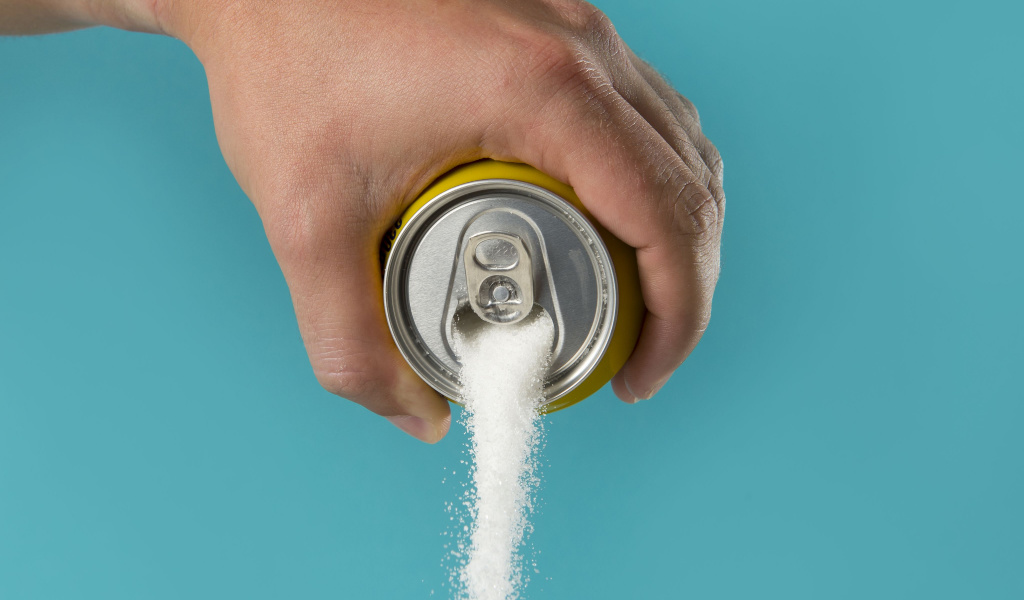Sustainability. This has become somewhat of a buzzword used by organizations to demonstrate their brand vision and millennials as they shop for reusable straws and bamboo toothbrushes.
So, what is sustainability? It’s incorporating practices that allow you to meet your needs without compromising the future generation’s ability to meet their needs. It’s about following ways to reduce environmental impact, improving one’s health, and paving the way for the well-being of communities at large. Simply put, sustainability is preserving our planet with fundamental daily lifestyle changes.

But what holds us back from adopting a sustainable lifestyle?
Modern living has become increasingly hectic now. We are often on auto-pilot mode, grabbing takeaways and dumping whatever is convenient into the shopping trolley without thinking about what we’re feeding our bodies and killing time by scrolling through our phones. Amidst all this, people hardly have time to think about sustainable living. Even if they do, some common misconceptions hold them back. For example, many people believe that eco-friendly options are expensive or unsure where to start.
Sustainable living does not have to mean you must give up on life’s luxuries or completely change your lifestyle. Instead, it’s about adapting a greener approach to living. So, if you want to give sustainable living a go, we’re here to help you. In this article, we look at some easy ways to start implementing sustainable practices in your daily life.
Conserve Energy
Energy conservation is a crucial aspect of sustainability and one that’s often overlooked. In fact, residential energy consumption accounts for around 20% of all US greenhouse gas emissions. When this accumulates in the atmosphere, it leads to climate change, higher temperatures and causes risk to wildlife. Simple acts like turning off electronics and lights after using, opting for energy-efficient appliances and LED light bulbs, and unplugging your mobile phone charger are seemingly simple but significant in conserving energy.
Start Planting Trees
When you think of sustainability, you’ll probably picture a green tree. Planting trees is an extraordinary conservation effort since trees absorb carbon dioxide and release oxygen into the environment. This also helps reduce the number of greenhouse gases in the atmosphere.
Eat Sustainable Food
Opt for locally-sourced food or plant-based options. When you consume less meat, it further reduces the environmental impact of your diet. Avoiding food waste is important, too, as it saves money and other valuable resources like water and energy.
Don’t Waste Water
Conserving water is crucial, particularly when considering that the growing population is increasing demand for water sources, and facing unprecedented droughts is undoubtedly a great fear. You can do a few small things in your home to lower water consumption.
If there are water leaks, fix them immediately so water doesn’t go to waste. Moreover, you can start taking shorter showers, turn off the tap when you brush your teeth, and even reuse water by washing your vegetables in a bowl and using that water for your plants.
Drive Less & Use Public Transportation, Bike or Walk
When you reduce your dependence on vehicles, you help dramatically reduce your carbon footprint. Consider using public transportation, carpooling, riding a bike, or walking. This isn’t just better for the environment; it helps you to become healthier and fit while saving money that would otherwise be spent on gas and vehicle maintenance.

Reduce, Reuse, Recycle
This may seem like a retro phrase, but it’s one of the most fundamental aspects of sustainability. It’s very simple – you just have to reduce the amount of waste produced, reuse things whenever and wherever possible and recycle. Small acts like bringing your own reusable bag to the supermarket, recycling paper, and using a refillable water bottle can actually go a long way.
Think Twice Before You Shop
This is related to the previous point, but it’s so often overlooked that we reiterate it. Everything you buy has an environmental footprint, starting from the materials used to the pollution caused while manufacturing. So, be a mindful consumer. Ask yourself this before purchasing anything – do I really need it? Set limits on how much you consume and adopt an approach wherein you buy only what’s absolutely necessary, and try to shop second-hand whenever possible. It’s high time we end the buy-and-toss-away culture and become more responsible in our use of resources.
Go Plastic-Free
The worst thing about plastic is that it never goes away. There are billions of pounds of plastic making up about 40% of the ocean’s surfaces, and thousands of seabirds and marine mammals are killed after getting tangled up in this swirling plastic or ingesting it. Try to eliminate the use of plastic by ditching single-use bags, straws, and products made or packaged in plastic.
Buy Sustainable Products
Look for products sourced from sustainable materials and made using sustainable practices. For instance, opt for bamboo, organic cotton, and sustainable materials and purchase from companies that uphold sustainability. You can also trade your plastic water bottle for a steel one and opt for cloth napkins instead of paper serviettes.
Start Composting
Even waste can be turned into something that can create life. Sounds too good to be true? Well, this is what composting does; it helps turn food scraps and backyard waste into valuable resources to enrich the quality of soil and grow plants. By composting, you also reduce the need for fertilizers and pesticides that harm the health and the environment.
Bottom Line
So, there you have it – 10 quick and actionable ways to introduce sustainable practices into your daily life. To be a responsible human being, you must be involved and start taking the initiative. Remember, you don’t have to do everything at the same time. Following even a few points mentioned in this article can positively impact in the long run.
Unfortunately, some people have made sustainable living seem like a hassle, but it’s all about making small lifestyle changes. The more we learn about the climate crisis and how our actions affect the planet, the more we desire to change our lifestyle so future generations will not suffer. There is no need to overhaul your life; baby steps are the way forward. When you start investing in reusable items, recycle responsibly, and grow your own food, you will notice that these little changes have become a way of life.




